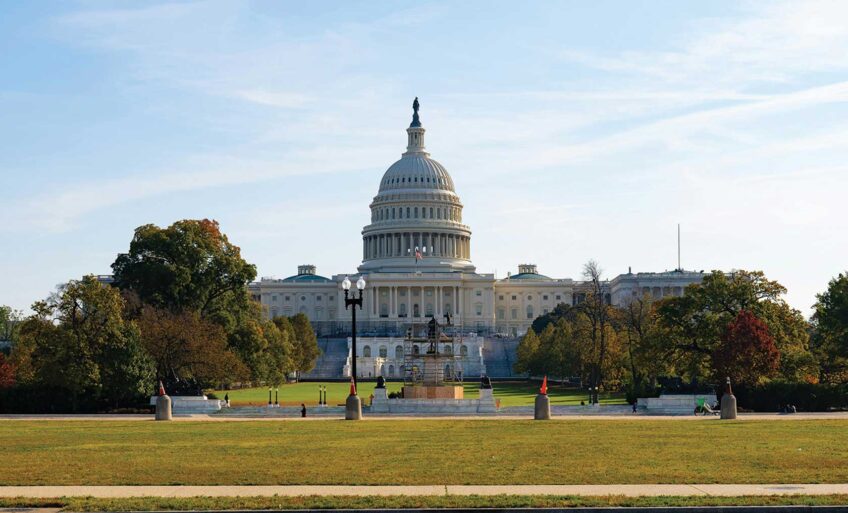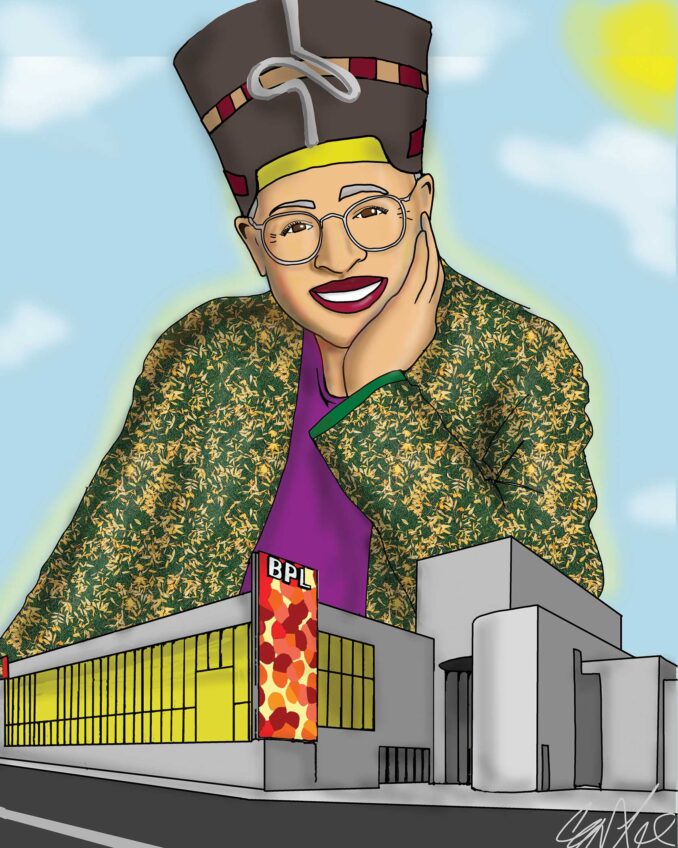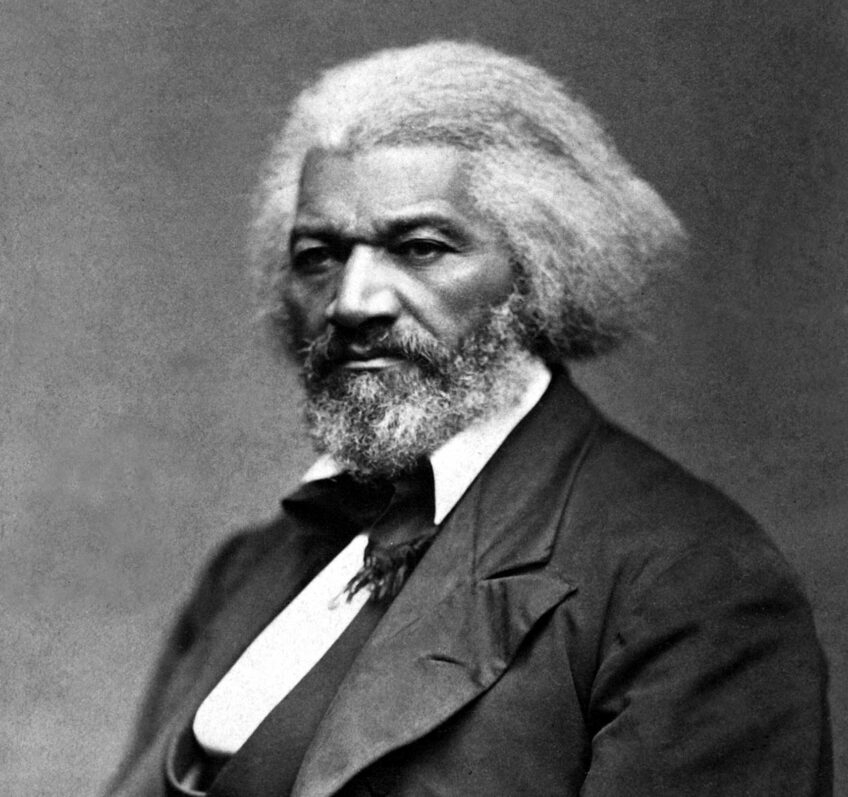In my hometown of Williamsburg, Virginia, there is a living museum whose stated motto is: “That the future may learn from the past.”
At a time when America is being plagued by legions of history deniers wanting to hide their true nature by obfuscating who they have been, it is important to learn from the past so we can see the dangers we face in our future.
Most people alive today have no personal memories of World War II, but few are unfamiliar with its place in history. The massive destruction and human misery brought about by the rise of fascism is unmatched in modern times. For more than seven decades, historians have struggled to explain how the Axis nations, and Nazi Germany in particular, came to inflict such horror on the world. In many instances, historians simply concluded that this was just the nature of the German people.
In his book, “Iron and Blood: A Military History of the German-Speaking Peoples Since 1500,” Oxford University Professor Peter H. Wilson warns that attempts to draw a continuous line through centuries of violent German history culminating in the Holocaust are the result of “lazy” scholarship and imply a false continuity and inevitably. Wilson argues that this laziness risks ignoring the agency of those involved in the atrocities, thus acquitting them of their personal responsibility. He states that in each case, individuals chose to partake in genocide, and the question as to why they did demands more complicated answers than “because they were German.”
It is true that a great deal of what happened in Germany in the first half of the 20th century had to do with a crazy little man named Adolph Hitler. But even he can’t take all the blame. When World War I ended in 1918 with total defeat for Germany, the Treaty of Versailles, signed in 1919, and the Dawes Plan of 1924 created conditions that placed Germany in a pressure cooker. The treaty forced Germany to give up its colonial territories, reduce its military forces and make reparation payments to the Allied powers.
But perhaps most stinging to the German people was the treaty’s “War Guilt Clause” which required Germany and her allies to accept all the guilt for starting the war. This public humiliation of Germany enraged its population and gave rise to their sense of grievance.
The heavy reparation payments placed on Germany by the treaty were eased somewhat by the Dawes Plan, created by Charles G. Dawes, an American banker who later would become vice president of the United States under President Calvin Coolidge. Under the Dawes Plan, Germany’s annual reparation payments were reduced initially but were scheduled to increase over time as its economy improved. Additionally, economic policymaking in Berlin was reorganized under foreign supervision and Germany was required to rely on foreign loans to make its reparation payments. More importantly, the plan left undetermined the full amount to be paid.
After World War I, Hitler remained in the German army and in 1919 was an intelligence agent assigned to infiltrate the German Workers’ Party (DAP). After joining DAP, Hitler discovered that he agreed with their views, so when he was discharged from the army six months later, he became an enthusiastic party member.
DAP eventually changed its name to the National Socialist German Workers’ Party (NSDAP) and became known colloquially as the “Nazi Party.”
As he rose in the party, Hitler became adept in the use of scapegoating as a means of focusing blame upon minorities for the economic hardships and other grievances of his angry listeners.
With the help of early followers, he was able to assemble street thugs into a violent paramilitary group known as the “Storm Troopers.” Ostensibly their function was to provide protection at rallies, but most often they were used to physically attack political opponents.
In late 1923, Hitler, backed by his Storm Trooper thugs, tried to stage a coup, much like the Jan. 6, 2021 insurrection in Washington, D.C. And like the Jan. 6 insurrection, Hitler’s coup attempt, known as the “Beer Hall Putsch,” failed. Hitler was tried and imprisoned for nine months for his part in the attempt.
In 1927, the threat of rising fascism was recognized in Germany. The Nazi Party was declared illegal in Berlin, and eventually Nazi speechmaking was banned throughout the entire German state of Prussia. Unfortunately, the ban was lifted later that year and the march towards fascism continued.
Five years after Hitler was released from prison, the U.S. stock market crashed in 1929. With the Great Depression that followed, Germany’s reliance on foreign loans under the Dawes Plan sent Germany into an economic tailspin. The pain of the Depression, coupled with Germany’s sense of grievance over the loss of World War I and the terms of the Treaty of Versailles, ultimately led to political instability in Germany and the end of its democratic government. What ensued was the rise of the Third Reich under the Nazi Party. Using his oratory skills to focus blame on scapegoats, Hitler garnered overwhelming public support by promising to repudiate the Versailles Treaty, strengthen the economy and provide jobs.
By 1933, Hitler had become chancellor of Germany, introduced censorship, passed laws ending civil liberties and passed the Enabling Act, making himself dictator for four years. And the following year, he made himself chancellor and president.
This is the history of a nation that followed an avowed racist and anti-Semite who never finished secondary school, who possessed no discernable skills other than oratory, and who never rose above the rank of corporal in the German army. Germany followed him into World War II and to a destruction of its own making.
In 1927, German citizens were at a crossroads. And they failed their country. By ignoring the threat of fascism that year, Germany was unable to resist it after the stock market collapsed in 1929.
Today, Americans find themselves at a similar crossroads. Grievance politics and economic instability have led to the scapegoating of immigrants and minorities by a segment of our society that sees fascism as the answer to its problems, even if it is not called by that name.
The critical question at this hour is: Can America become the democracy it claims it wants to be, or will it devolve into the chaos of fascism as Germany did a century ago?
Overcoming this danger requires a desire for equality that has been lacking throughout this country’s history.
The myth of a democratic America has never been more than an aspirational concept. But we can no longer deny equality and a decent quality of life to portions of our society and expect to be rewarded with their loyalty and support. Shared strength must result in shared power. A democratic America must share power or disappear.
Oscar H. Blayton is a former Marine Corps combat pilot and human rights activist who practices law in Virginia.






